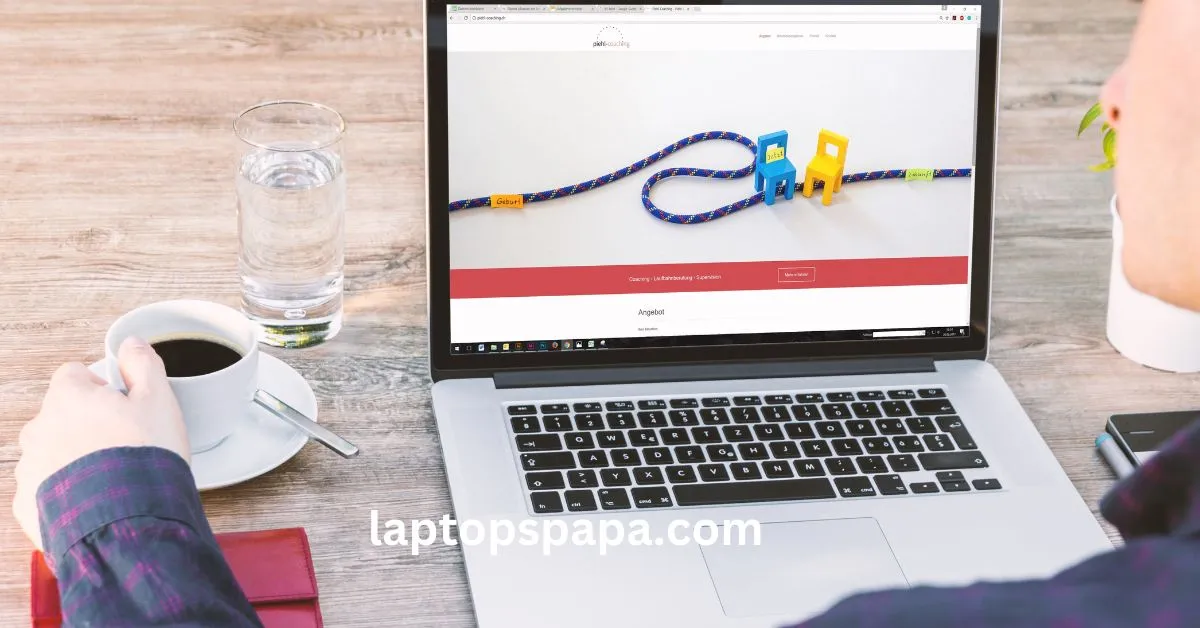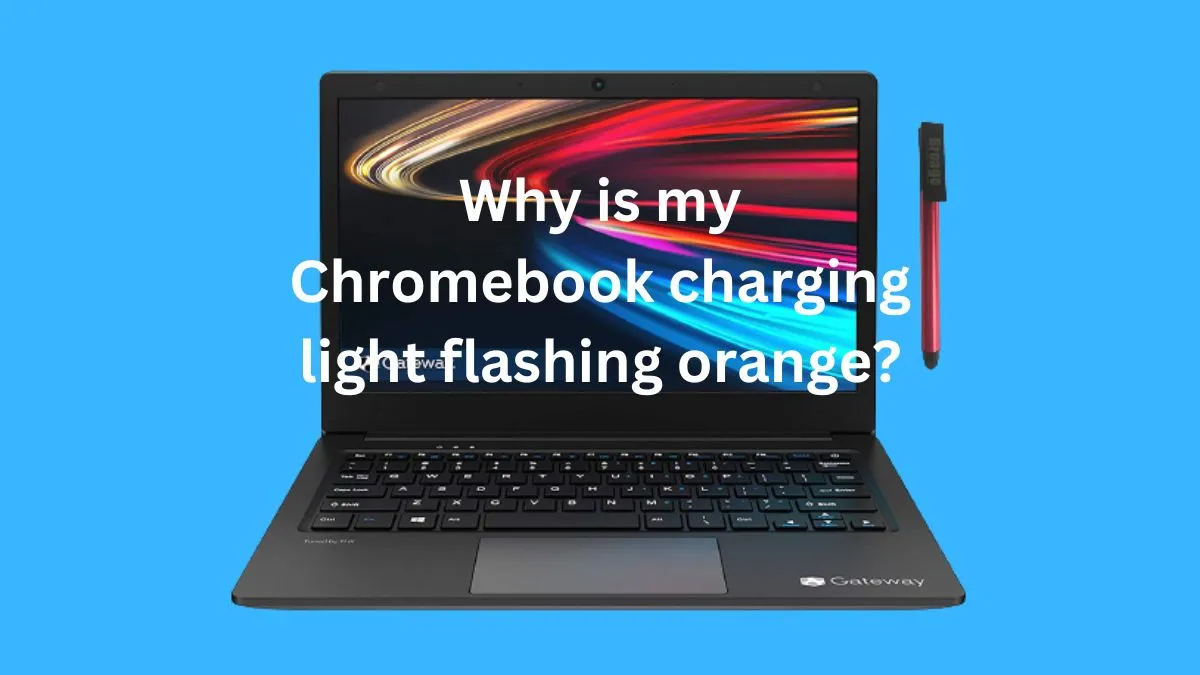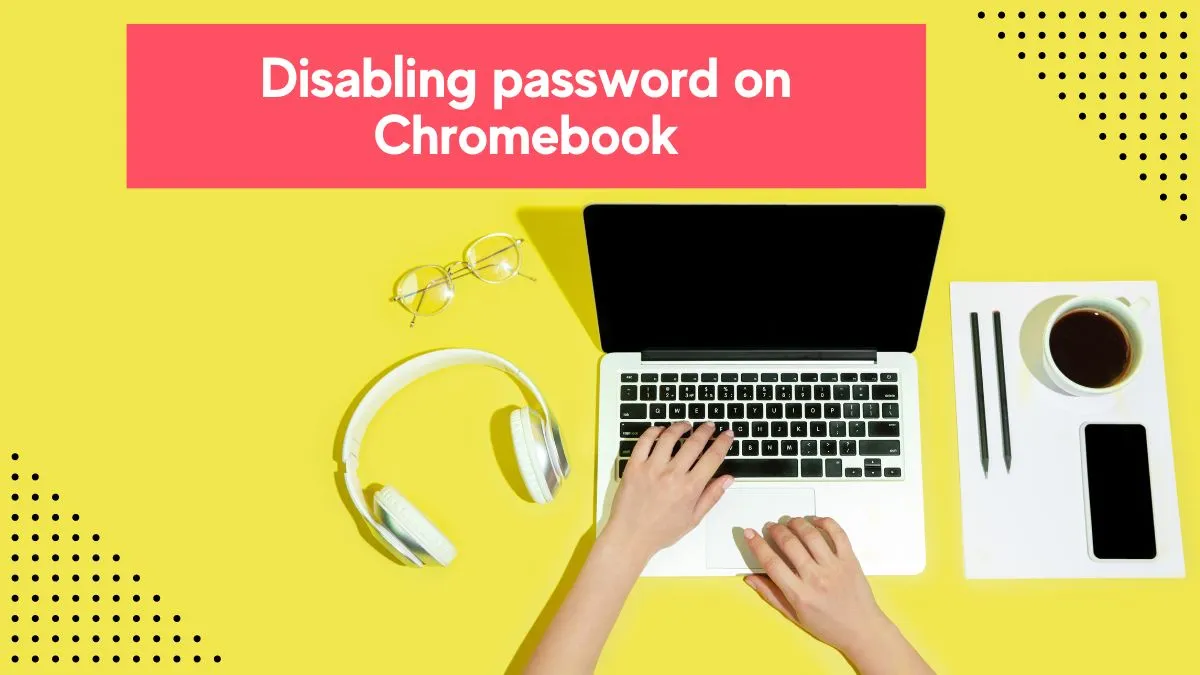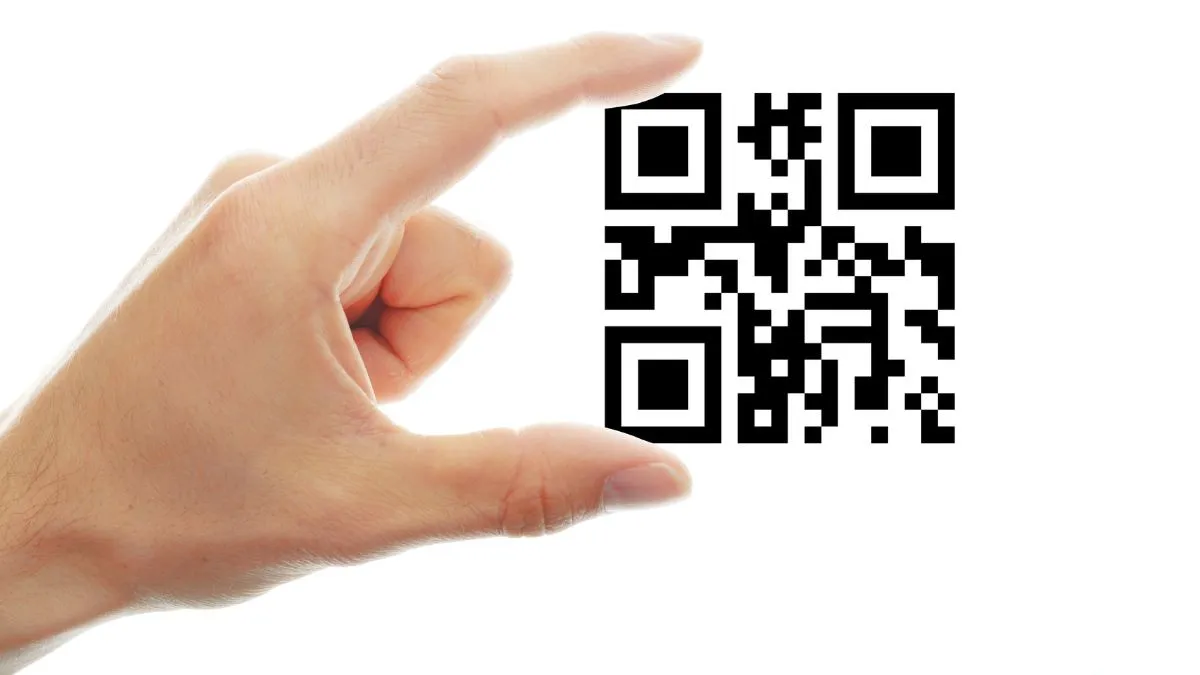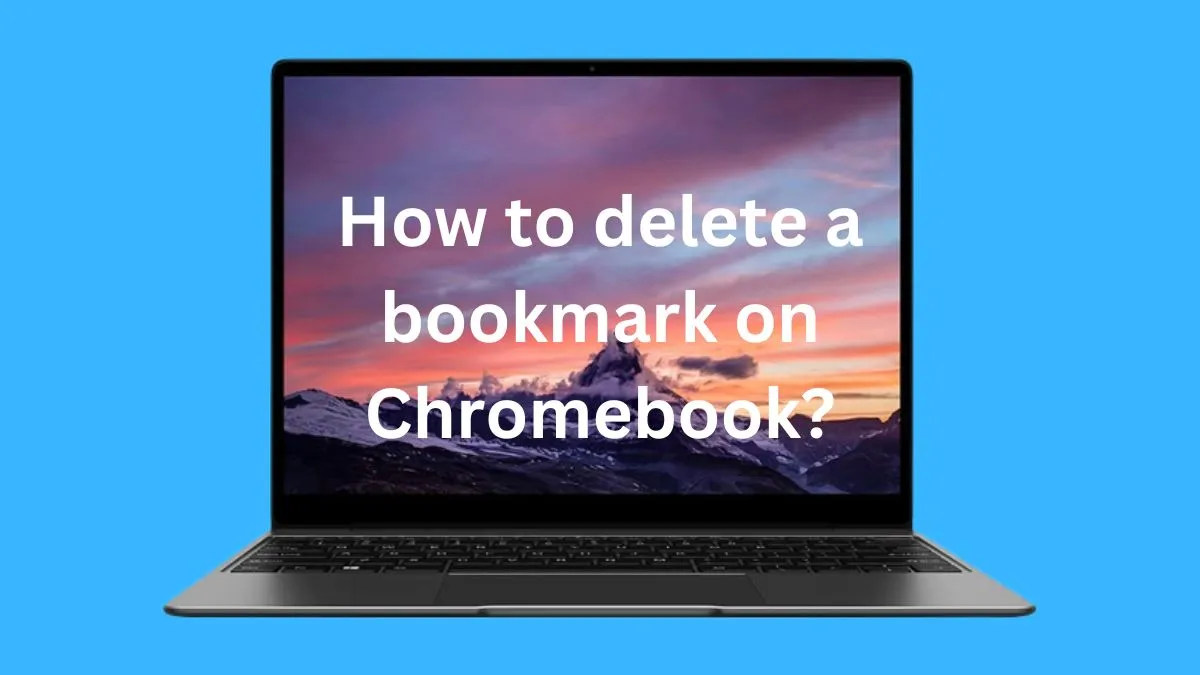When it comes to transferring data, USB flash drives are a reliable and convenient solution.
A flash drive is a small storage device that plugs into your Chromebook’s USB port and allows you to store files that can be easily transferred or backed up.
Whether you need to access work documents from home, transfer photos from your phone to your laptop, or just want to keep important files safe, a flash drive is an excellent tool for doing so.
In this guide, we’ll tell you 4 simple steps to use a flash drive on Chromebook effectively.
How to use a flash drive on Chromebook?
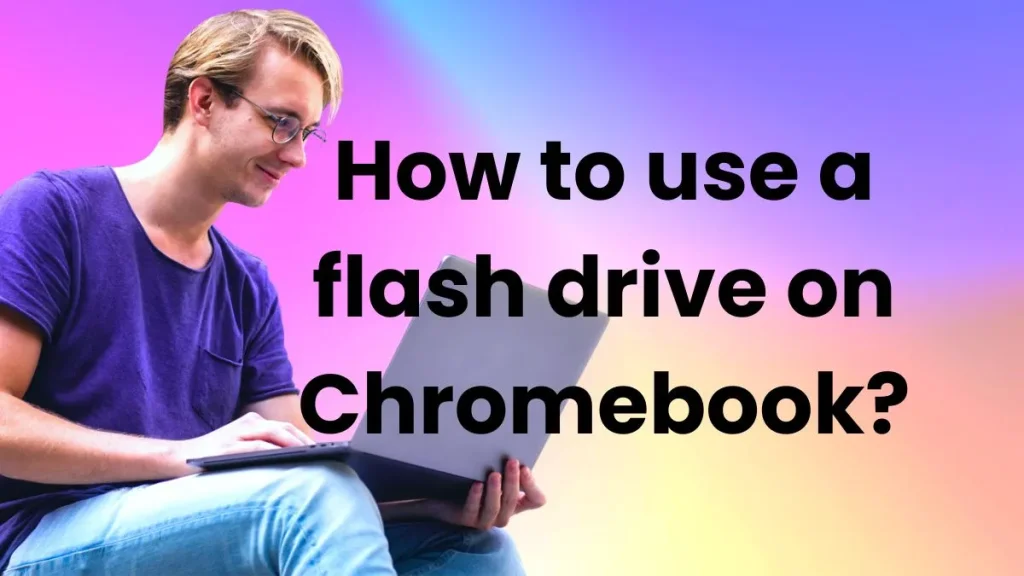
Whether you’re new to using a flash drive or just need a quick refresher, this guide will cover all the basics and provide helpful tips to make sure you get the most out of your USB when working with your Chromebook. So let’s get started!
Step 1: Connecting Your Flash Drive
The first step is connecting your flash drive to your Chromebook. For this, you will need to locate a USB port on your Chromebook and plug the drive in.
Once connected, a notification message should appear on your Chromebook screen that says “USB device connected”. It confirms that your flash drive is ready for use with your Chromebook.
Step 2: Setting Up Files
Once your flash drive is connected to your Chromebook, you can start setting up files for transfer.
Depending on what type of file it is (e.g., photos, documents, videos), there may be certain steps needed before they can be used with the flash drive (e.g., changing file formats).
Refer to our guide on how to prepare files for use with a USB if you’re not sure how to do this for specific types of files.
Step 3: Accessing Flash Drive Files on Chromebook
Now that your flash drive is connected and you’ve set up the files, you’re ready to access them on your Chromebook. To do this, open the Files app.
This will show any available USB drives, which you can click on to view their contents.
Step 4: Transferring/Downloading Files from Flash Drive
Once you’ve opened the flash drive from within the Files app, it’s time to transfer or download files from it.
To upload a file to the flash drive, drag and drop it into the folder for that drive.
Alternatively, right-click the file and select “Copy”. You can then navigate to the folder on the flash drive where you want to save it, right-click, and select “Paste”.
How to download file to USB on Chromebook?
To download a file from the flash drive to your Chromebook, simply drag and drop the file into the folder where you want to save it. Alternatively, right-click on the file and select “Copy”.
Then navigate to the folder where you want to save it, right-click, and select “Paste”.
Step 5: Safely Removing Flash Drive
When you’re done working with your flash drive, it’s important to make sure you remove it safely from your Chromebook.
To do this, open the Files app and locate your USB drive in the list of available drives.
Right-click it and select “Eject”. This will ensure that all files are saved before disconnection and minimize potential data loss or corruption.
How to Format a Flash Drive using Chromebook?
If you need to format your flash drive for use with Chromebook, there are a few steps you’ll need to take.
First, open the Files app and locate your USB drive in the list of available drives. Right-click it and select “Format…” from the drop-down menu.
This will bring up a pop up window where you can select the file system of your choice (e.g., FAT32, NTFS). Select the desired option and then click “Format” to apply it to your flash drive.
It’s important to note that not all Chromebook models support all types of file systems, so be sure to check your device’s specifications before formatting.
Additionally, formatting a flash drive will erase all existing data on it, so make sure to back up any important files before proceeding.
Once you’ve completed the format process, your flash drive should now be ready for use with your Chromebook!
Troubleshooting Issues with USB Flash drive on Chromebook:
If at any point you experience difficulty with your flash drive, there are a few things you can do to try and troubleshoot the issue.
Make sure the USB is properly plugged in and that it’s compatible with your Chromebook.
Then check for any available updates or driver installations for your device, as this may address the problem. If these don’t work, try restarting your Chromebook to see if that helps.
By following these steps, you should now have a better understanding of how to use a flash drive on Chromebook.
With just a few simple steps, you can easily transfer files and photos between devices or back up important data using a USB flash drive.
Safety Considerations When Using Flash Drives with Chromebooks:
When using a flash drive on your Chromebook, it’s important to remember that you should only use USB devices from reputable manufacturers.
Additionally, you should always make sure to safely remove the device before disconnecting it from the computer. This will help prevent any data loss or corruption that could occur if the USB is removed without ejecting it properly.
Finally, it’s also a good idea to check for any updates or driver installations that may be available for your device. It will ensure that the flash drive is compatible with your Chromebook and can help prevent any potential issues from occurring.
Why is my USB not showing up on my Chromebook?
If your USB drive is not showing up on your Chromebook, the first thing you should do is check that it’s properly plugged in and that it’s compatible with your device.
Additionally, make sure to check for any available updates or driver installations for your device. If these don’t work, try restarting your Chromebook to see if that helps.
If the issue persists, you may need to contact your device manufacturer or a local repair shop for further assistance.
Tip: You can also sell your Chromebook, if you are not satisfied with your older device and want to buy a new one.
Frequently Asked Questions
What flash drive is compatible with a Chromebook?
Most USB flash drives should be compatible with a Chromebook, however, some may require specific drivers or updates to work properly. It’s best to check the specifications of your device for more information.
How do I enable Flash?
Flash can be enabled by opening the Settings menu and selecting “Enable Flash” from the list of options. You may need to install a compatible browser plugin for it to work properly.
Will Flash still work on older versions of Chrome?
Yes, Flash should still work on older versions of Chrome. However, Adobe has announced that it will stop supporting Flash beginning December 2020, so you may want to consider an alternative solution for viewing and playing content.
Can I use Chromebook to download Windows 10 on flash drive?
Yes, you can use Chromebook to download Windows 10 on a flash drive. However, this requires specialized software and may not be available for all models.
Is Sandisk flash drive compatible with Chromebook?
Yes, Sandisk flash drives should be compatible with Chromebooks. However, you may need to install any available updates or drivers for the device before it will work properly. It’s best to check your device’s specifications for more information.
Which browsers still support Flash?
Most browsers now have a built-in version of Flash, however, Adobe has announced that it will stop supporting the technology beginning December 2020. It’s best to check with your browser’s developer for more information.
Conclusion
Using a USB flash drive with your Chromebook is a convenient way to store and transfer files between devices. However, it’s important to be aware of the necessary steps you need to take before using it, such as formatting the device and checking for compatibility.
Additionally, keep in mind that certain safety considerations should always be taken when using external storage on your Chromebook.
With these tips in mind, you should have no trouble enjoying the benefits of using a USB flash drive with your device!

